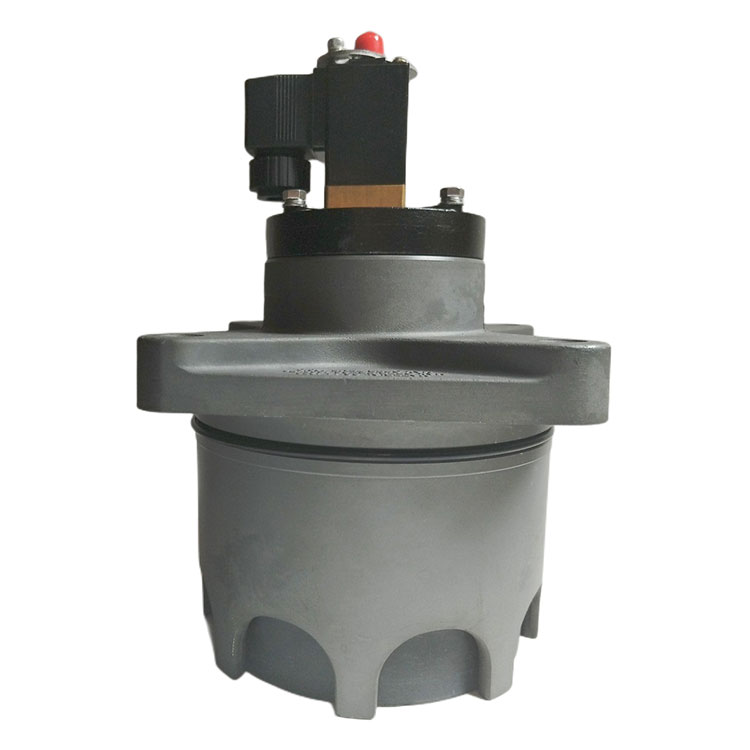Installation Guide for Pulse Valves
2025-04-15
Pulse valves play a crucial role in dust collection systems, providing efficient and powerful bursts of compressed air to clean filter bags or cartridges. Proper installation is essential for ensuring optimal performance, reliability, and longevity. This guide will walk you through the key steps and best practices for installing pulse valves.
1. Preparation Before Installation
Before starting the installation process, ensure the following:
- The system is depressurized and free of dust or moisture.
- You have the correct pulse valve model for your system specifications.
- All components such as diaphragms, coils, and connectors are in good condition.
- Clean the mounting area and air lines to prevent debris from entering the valve.

2. Positioning the Valve
- Pulse valves should be mounted as close as possible to the filter bags or blow tubes for maximum cleaning efficiency.
- Ensure the valve is easily accessible for maintenance.
- Install the valve with the air inlet and outlet in the correct orientation as indicated by the manufacturer.
3. Connecting the Valve
- Use properly sized fittings to connect the valve to the compressed air supply and blow tube.
- Avoid overtightening, which may damage the valve body or threads.
- Ensure all connections are airtight to prevent pressure loss and ensure efficient pulsing.
4. Electrical Connection
- If the valve is electrically operated, connect the solenoid coil according to the system’s wiring diagram.
- Verify voltage and current ratings match the coil specifications.
- Ensure the power supply is turned off during wiring to avoid electric shock or damage.
5. Checking for Leaks
- After installation, pressurize the system gradually and listen for air leaks.
- Use a soapy water solution to detect leaks around fittings and connections.
- Tighten or reseal any leaking connections before full operation.
6. Testing the Pulse Function
- Activate the control system to test the valve’s pulse function.
- Observe the pulse for proper duration and force.
- Ensure the valve closes promptly and completely after each pulse.
7. Maintenance Tips
- Inspect valves regularly for wear or damage, especially the diaphragm and seals.
- Clean the internal parts if dust or debris accumulates.
- Replace worn components promptly to maintain system performance.
Conclusion
Proper installation of pulse valves is key to ensuring a reliable and efficient dust collection system. By following these guidelines, you can minimize downtime, improve filter life, and maintain optimal air quality in industrial environments. Always refer to the manufacturer’s instructions for model-specific details and safety precautions.


